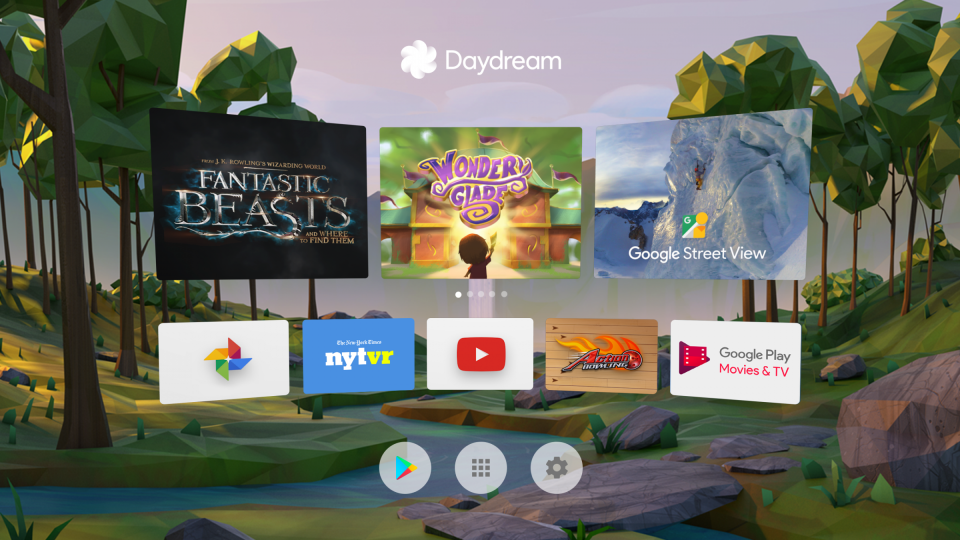Google’s virtual reality ambitions appear to be off to a slow start

Darren Weaver
The Daydream View VR headset.
Google’s first major virtual reality effort is off to a slow start.
This week, the company slashed the price of its Daydream View VR headset by $30, from $79 to $49, just two months after it first went on sale, a sign that interest in the device is low relative to the excellent new Pixel phone from Google.
On top of that, it sounds like Google isn’t pleased with the reception to Daydream. According to Amir Efrati of The Information, Google is “disappointed” with the initial usage numbers for Daydream and has asked some Android phone makers to start shipping their own Daydream VR headsets for free along with their Android phones.
Daydream isn’t just the View headset. It’s a brand new platform based on Android for high-end smartphones. The View headset comes with a motion-sensitive remote control and its basic reference design can be used by other third-party manufacturers. It’s Google’s first major bet in VR as a computing platform of the future, just like we’ve seen from Facebook’s Oculus Rift and HTC’s Vive.
What’s the holdup?
There are likely numerous reasons for Daydream’s lackluster debut.
First of all, it only worked with the Pixel at launch, a phone that has struggled to meet the unexpected demand. Since then, only one other phone, the Moto Z, adopted Daydream. There are just three more Daydream-ready phones in the pipeline so far.
Meanwhile, it’s unlikely that Samsung, the largest manufacturer of Android phones, will adopt Daydream since it has its own VR platform, Gear VR, which it developed in a partnership with Oculus.
Plus, as I wrote in my review of Daydream View, there’s simply not a lot of great content on the platform yet. There’s YouTube VR and some quirky games and apps, but it’s lacking a killer app that’d make Daydream View a must-have gadget.

Daydream’s user interface.
And finally, VR has lost a lot of its mojo in recent months. At CES a few weeks ago, VR appeared to take the backburner as it became clear it hasn’t hit its breakthrough point yet. This week, Mark Zuckerberg even expressed surprise that, two years after his purchase of Oculus VR, the platform hasn’t become more mainstream.
When it comes to phone-powered VR headsets like Daydream View, the hardware has become so commoditized that anyone can build one. The real key is to find a unique use case for VR. There’s a lot of experimentation, but no one has cracked it yet.
NOW WATCH: Google’s new VR headset is ‘squishy and very comfortable’ — here’s what it’s like
The post Google’s virtual reality ambitions appear to be off to a slow start appeared first on Business Insider.


